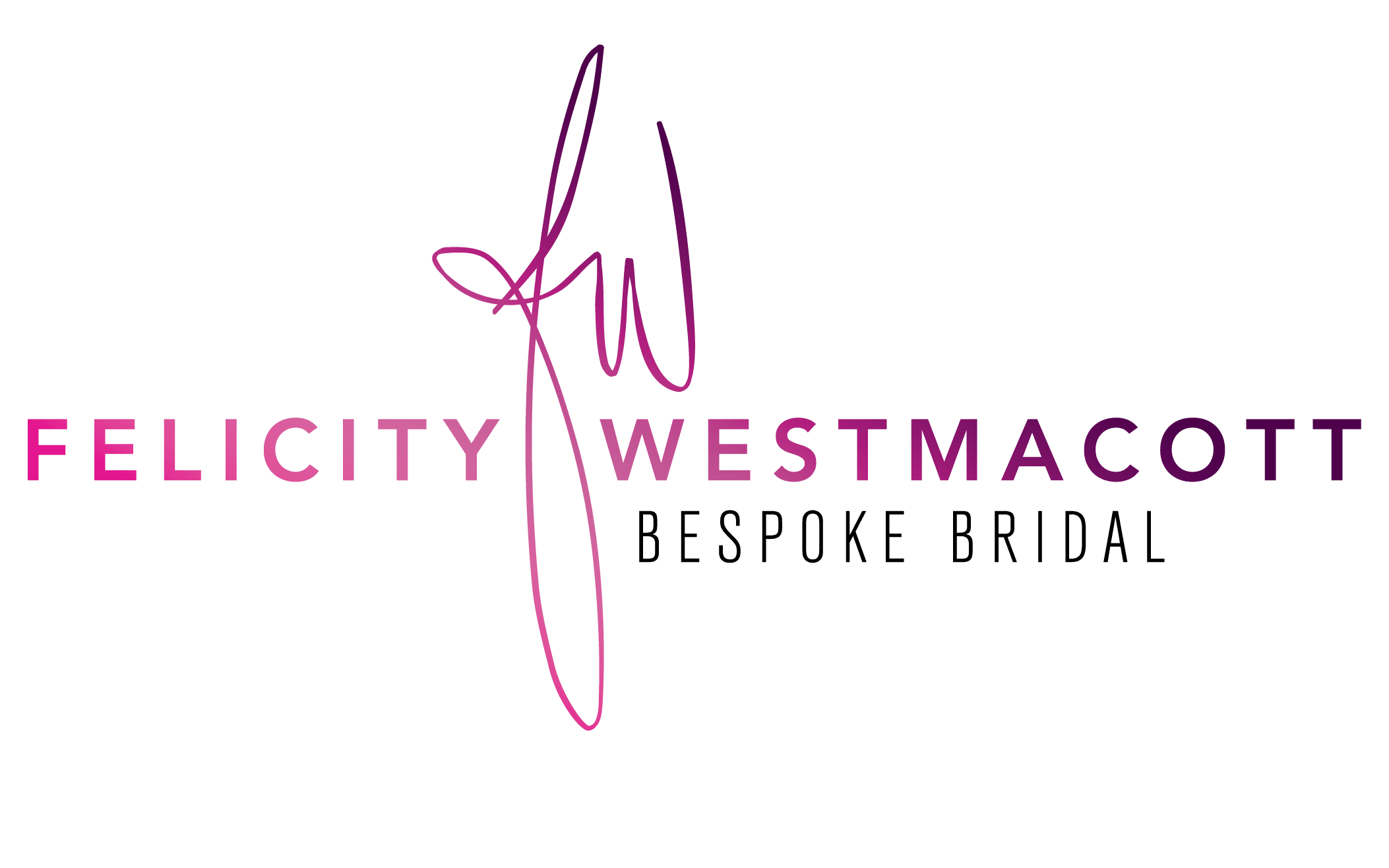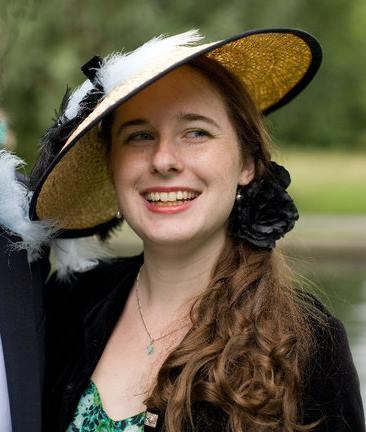Chinese inches
For anyone puzzled as to why there are two kinds of inches, two measurements both called inches but not the same. You may have come across a tape measure with ‘inches’ that seemed a little off. These are most likely Chinese 寸 or cùn not a western inch, Though very similar a cùn is in fact 1.312 inches, so slightly longer.
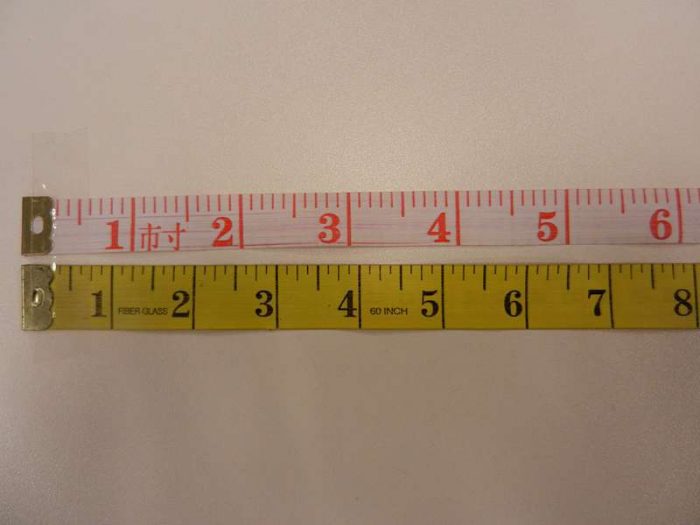
The history of the Imperial/American or International Inch
In almost all countries of the world people invented measuring systems based on units that matched various body parts. In Europe many countries used a ‘foot’ (which is is obvious what it matches), an ‘inch’ which is the length of the last section of a man’s thumb (or it’s width across the top), a yard is a stride length etc etc.
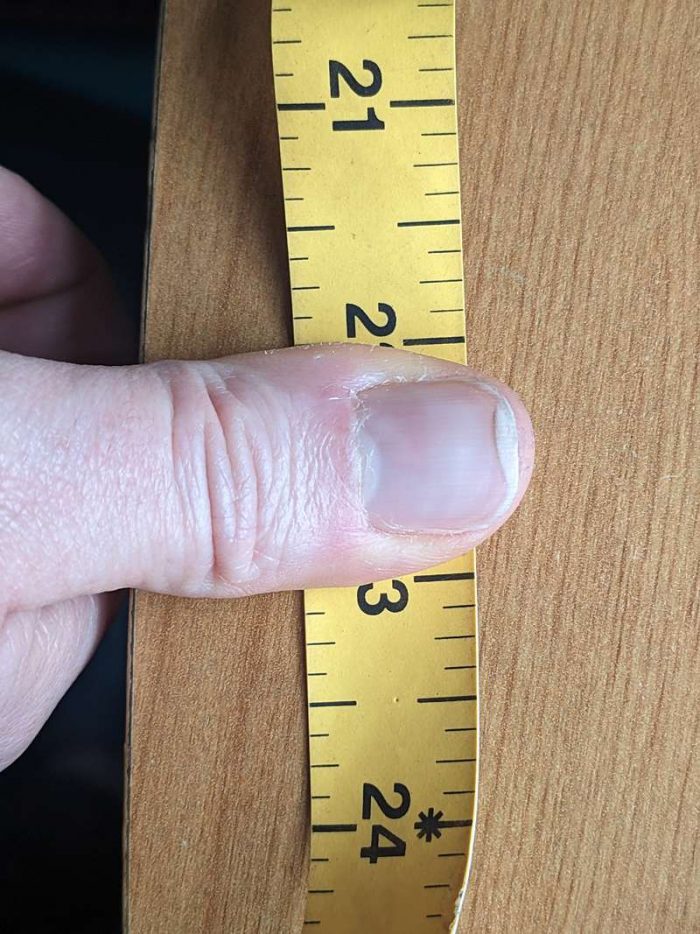
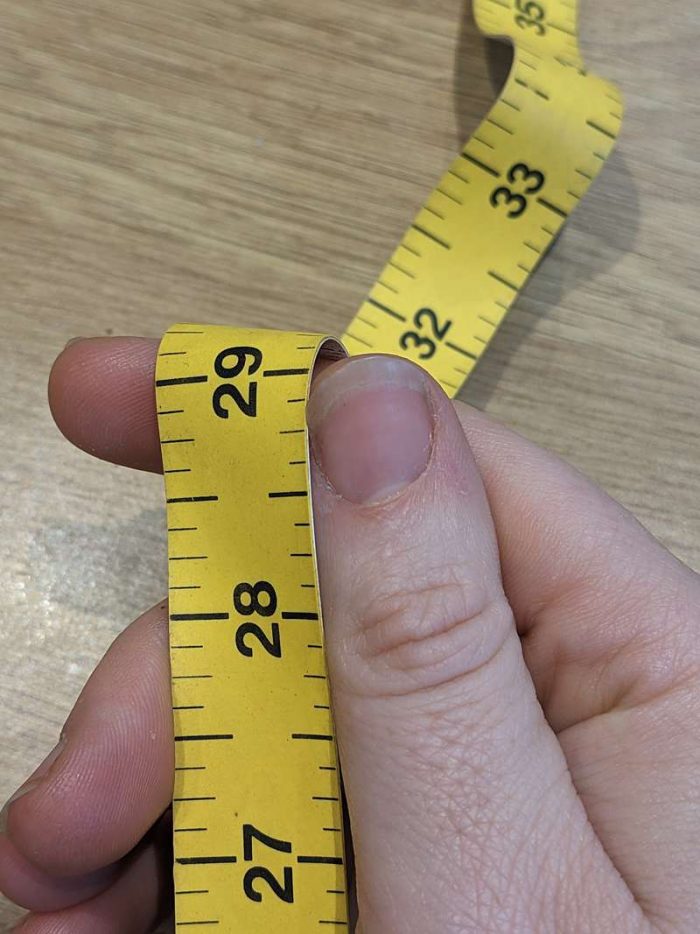
Of course different people have different length feet/thumbs/strides but given almost no one owned any sort of marked measure like a ruler it was a basic system that anyone could use if they owned a body and be vaguely in the right ball park. Gradually the measurements would get standardised with a King or government passing laws and saying a yard is ‘THIS’ long , often with a metal stick stuck in a wall for everyone to come and measure off to create their own ‘yardstick’ and then make rulers from there.
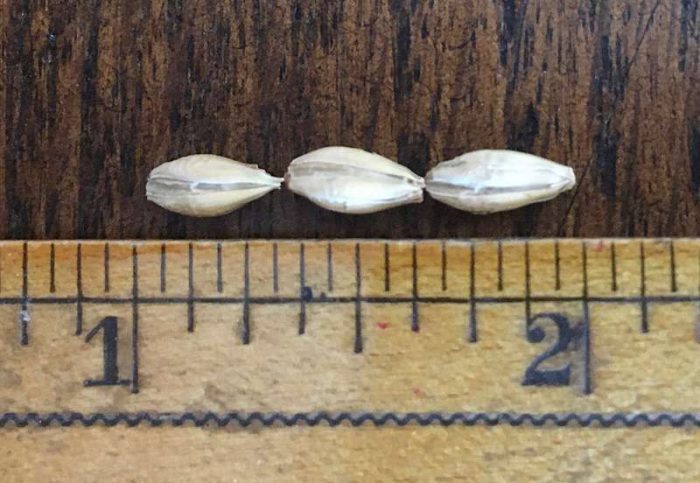
In England in 1324 King Edward II (not yet the UK then!) defined the length of an inch in law as ‘three barleycorns laid end to end. But different countries standardised to slightly different yards/inches etc. So for much of history there were many more than two kinds of inches!
Standardising the Inch
Over time all of Europe got on the same measuring system (until metric came along) but in rest of the world other systems remained, slightly different from ours but often also based on various body part measurements or other accessible and reliable things from nature.
The inch we use in the west is variously called the Imperial Inch (in the UK), the American Inch (in the US) or the International Inch (rest of the world) and was standardised by international agreement on 1st July 1959 in terms of the metric system to 25.4mm.
Chinese inches
When Europeans encountered far east counties the explorers and diplomats saw the native measuring systems often with various units very similar to the ones they used in Europe. In the case of encountering the Chinese measuring system Europeans asked ‘what’s this’ – and translated the word for the Chinese measurement that is closest to our inch as ‘inch’ though the Chinese word is “Yīngcùn” (shortened to cùn, just as we usually write cm not centimetres each time).
The cùn was also based a man’s thumb, but on the width across the knuckle, not the length or the width of the top, so it is a slightly wider unit.
Measuring going wrong with Chinese Inches
I first heard of the ‘Chinese inch’ in a bra measuring forum where women who measure up at home but get odd sizing are often encouraged to go back and check their measuring tape. With the rise of easy international trade and cheap shipping it’s common to find the tape measure you have ordered is in fact Chinese Cun (translated as inches still, though not the same) and not a standard international/Imperial inch measure at all. This can lead to mistakes and frustration. Language, culture and fashion are three of my main interests so researching and sharing why we have two kinds of inches was an obvious activity for me. To read more history of fashion and culture articles I have written head over to my blog page.
Hooray for the variety that shows how similar we all are
I’m glad the Chinese never felt the need to change their 1000’s of year old standard measuring system to match the Western system(s). Their system has as much right to exist and be used. But because we all own bodies; and historically based our measuring system on those bodies; and some explorers translated ‘Yīngcùn” as ‘inch’: it can lead to mistakes, unless you know to check your measuring tape!
